Your nails can reveal a surprising amount about your health, with certain changes in shape, color, or texture hinting at underlying medical conditions. From heart disease to iron-deficiency anemia, your fingernails may hold the key to detecting early signs of health concerns. Dr. Sara Norris, a naturopathic doctor in Los Angeles, explains that nail health often reflects nutritional intake and digestion, making them an essential part of overall health monitoring. Understanding what your nails reveal could help you uncover hidden health conditions before they become serious. These are the health issues hidden in your nails explained below:
Beau’s Lines: A Warning Sign
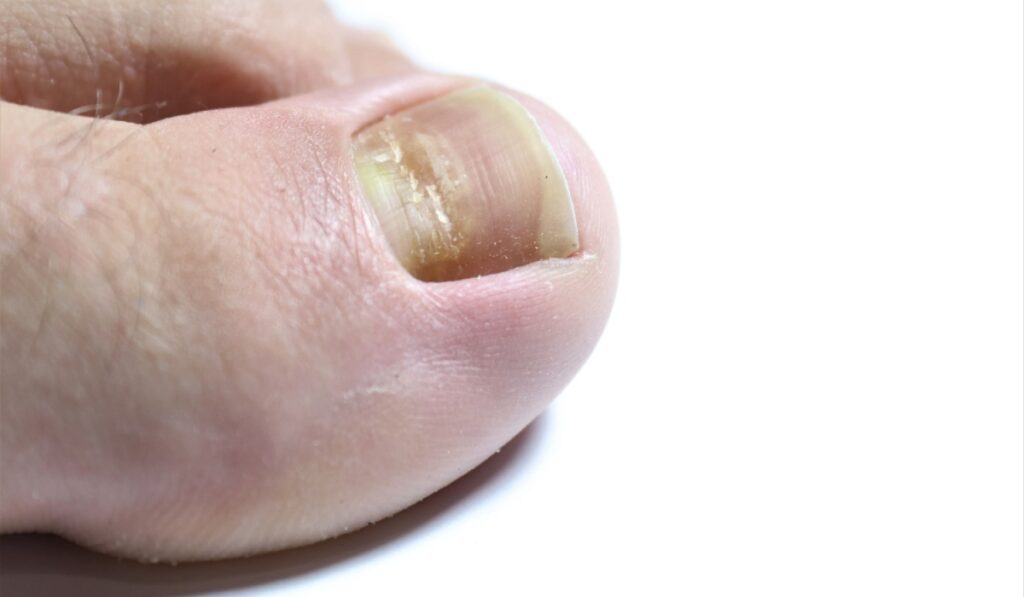
Beau’s lines, characterized by deep grooves or ridges across the nails, often signal a temporary halt in nail growth due to a severe illness or infection. “These lines can appear after illnesses such as COVID-19 or stressful events like chemotherapy or high fevers,” says Dr. Bhavini Shah of Lloyds Pharmacy Online Doctor. In severe cases, the nail may stop growing altogether, resulting in onychomadesis. While Beau’s lines are not always a cause for concern, persistent or recurring instances warrant a visit to your GP. Monitoring for such health issues hidden in your nails could provide critical insights into your body’s response to stress or illness.
Clubbing: Linked to Heart Health
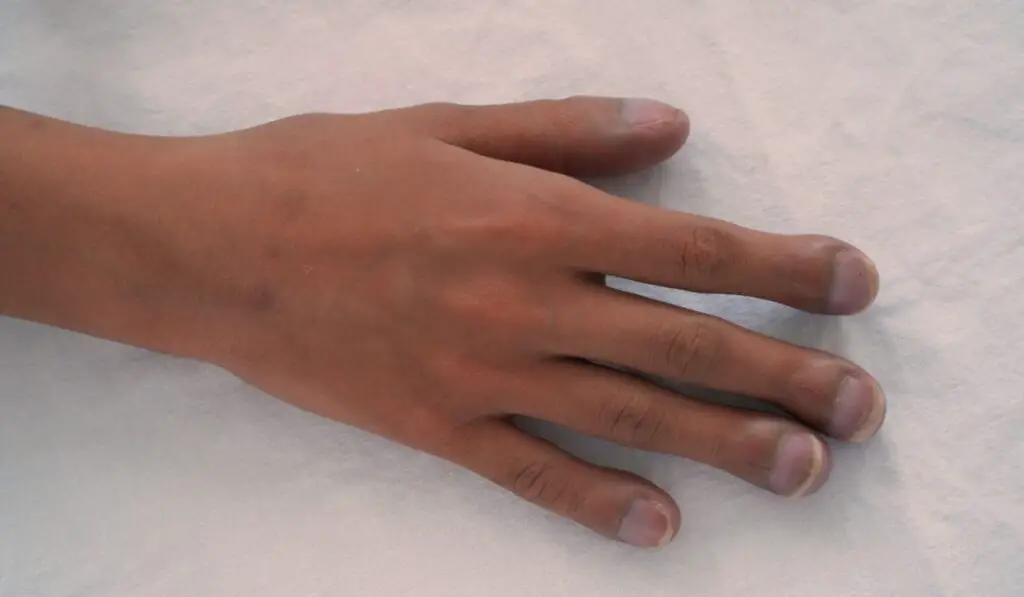
When nails curve downward and fingertips swell, this condition, called clubbing, may signal heart disease. Dr. Shah explains that clubbing develops gradually, making it difficult to notice until significant changes occur. Associated symptoms include swollen ankles, extreme fatigue, and chest pain. While some people naturally have clubbed nails, it’s important to consult a doctor if you notice significant changes in nail shape alongside other health concerns. Detecting health issues hidden in your nails early can make a difference in managing heart conditions.
Spoon-Shaped Nails: A Sign of Iron Deficiency
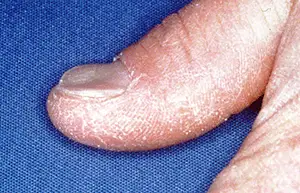
Spoon-shaped nails curve inward and are often linked to iron-deficiency anemia. Common after pregnancy, this condition can also result from poor nutrition, digestive issues, or celiac disease. Symptoms may include pale skin, headaches, and shortness of breath. Dr. Shah advises booking a GP appointment if spooning occurs, as a blood test can confirm anemia. Treatment typically involves iron supplements and dietary changes. Paying attention to such health issues hidden in your nails can improve your overall well-being.
Pitting or Denting: A Sign of Skin Disorders
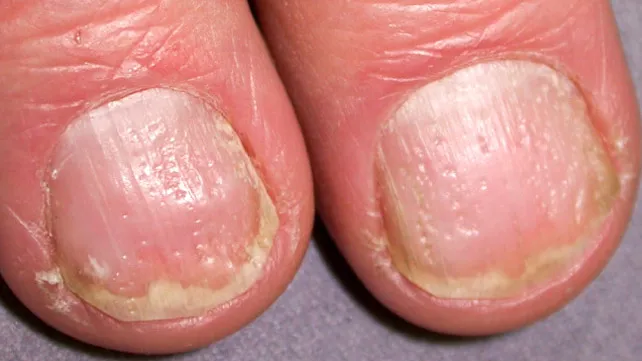
Small dents or pits on the surface of your nails may be more than a cosmetic issue. These imperfections are often associated with skin conditions like psoriasis, eczema, or alopecia areata, a type of hair loss. Dr. Bhavini Shah explains that these conditions typically present other symptoms alongside nail pitting. For instance, psoriasis causes scaly, dry patches on the skin, while eczema leads to redness, itching, and cracked skin. Alopecia areata, on the other hand, results in patchy hair loss. While mild nail pitting may not require treatment, severe cases often benefit from corticosteroids or vitamin D3 therapy, used alongside treatments for the underlying skin condition. If you notice dents on your nails, consulting a dermatologist can provide clarity and help you manage the issue effectively.
Melanoma: The Hidden Danger Beneath Your Nails
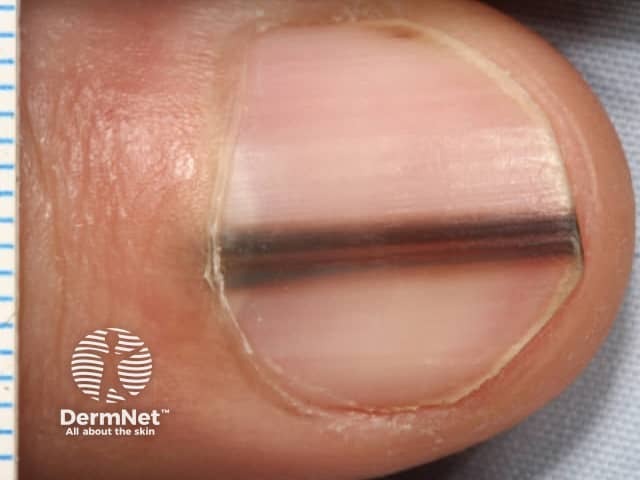
Nail changes can sometimes signal life-threatening conditions, such as melanoma, the most serious form of skin cancer. A dark streak running vertically along the nail can be an early sign. While not all dark lines indicate cancer, it’s crucial to seek a dermatologist’s evaluation. Melanoma on the nails, also known as subungual melanoma, is relatively rare but can spread rapidly if left untreated. Early detection and treatment are key to successful outcomes. If you notice unexplained discoloration or dark streaks on your nails, especially if they seem to grow or change over time, don’t ignore them. Your vigilance could make a significant difference in your health.
Terry’s Nails: A Potential Indicator of Liver Disease
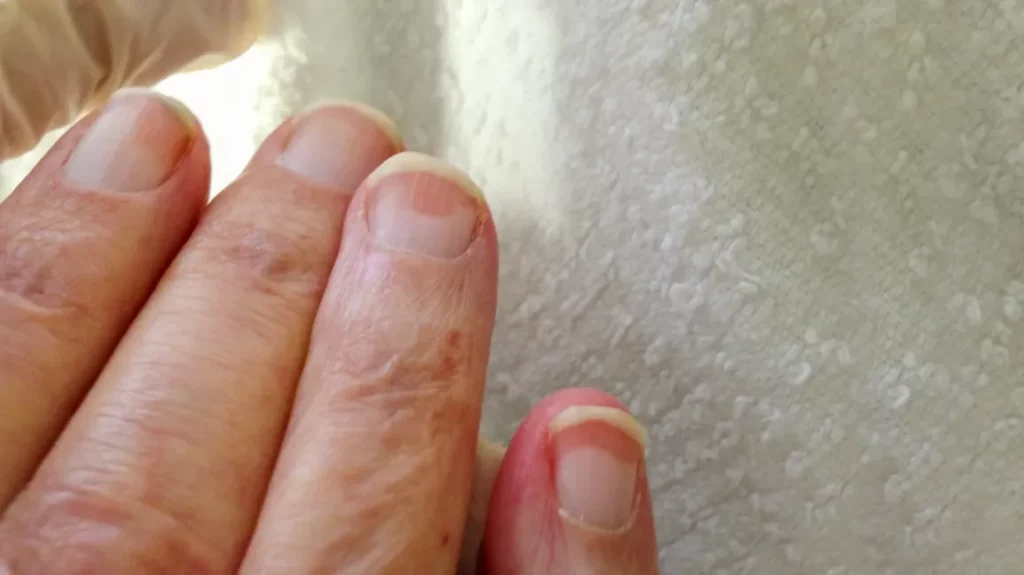
Terry’s nails, named after the doctor who first described the condition, occur when the majority of the nail bed turns white, leaving only a small red or pink strip at the tip. While Terry’s nails can sometimes be part of the natural aging process, they are more commonly linked to serious health conditions such as liver disease, diabetes, or heart disease. Additional symptoms like jaundice (yellowing of the skin), fatigue, and loss of appetite often accompany liver-related cases. If you notice this discoloration on your nails, it’s essential to consult a healthcare professional to identify the underlying cause and address it promptly.
Yellow Nails: More Than a Cosmetic Issue
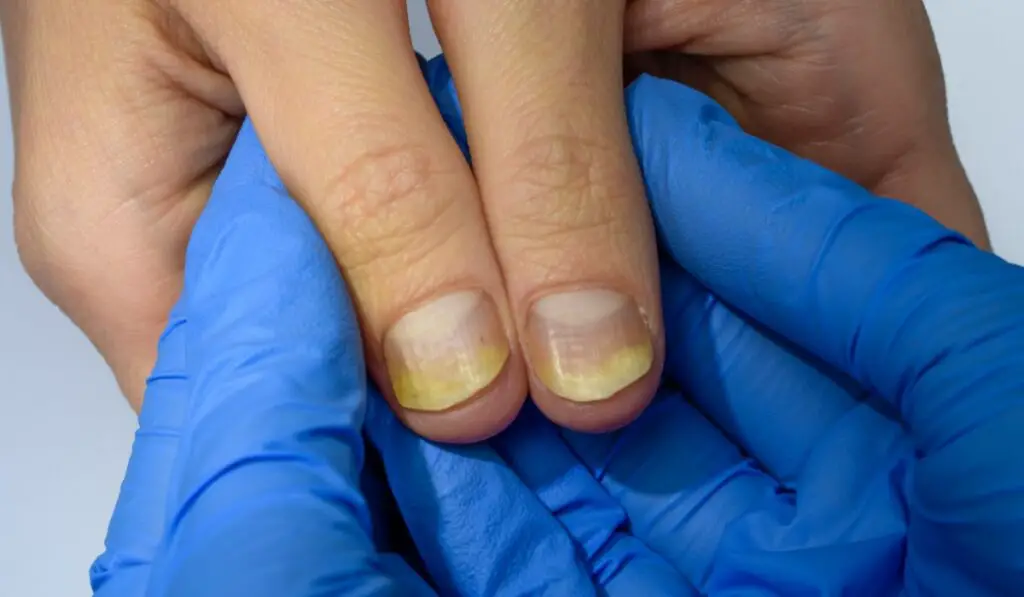
Yellow nails are often caused by fungal infections, but they can also point to more severe health concerns like thyroid disease, diabetes, psoriasis, or even lung disease. Fungal infections usually cause the nail to thicken, crumble, or detach from the nail bed, and while they can be treated over time, they often require patience. If your nails turn yellow without an apparent cause, such as nail polish use or a fungal infection, it’s worth consulting a doctor. Treating the underlying condition early can prevent complications and restore your nails’ natural appearance. Persistent yellowing is a sign that your body may be alerting you to an internal issue that requires attention.
Take Action for Better Nail Health
Your nails offer valuable clues about your overall health. While not all changes are cause for alarm, persistent or unusual conditions should be evaluated by a doctor. Regularly monitoring your nails can help you uncover potential health issues hidden in your nails and take steps to address them early.
